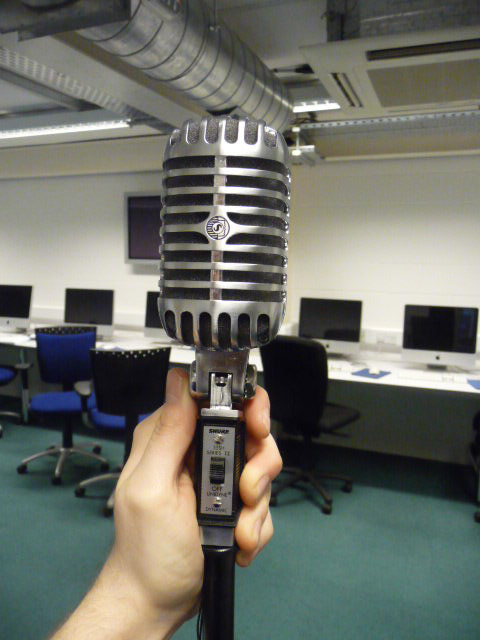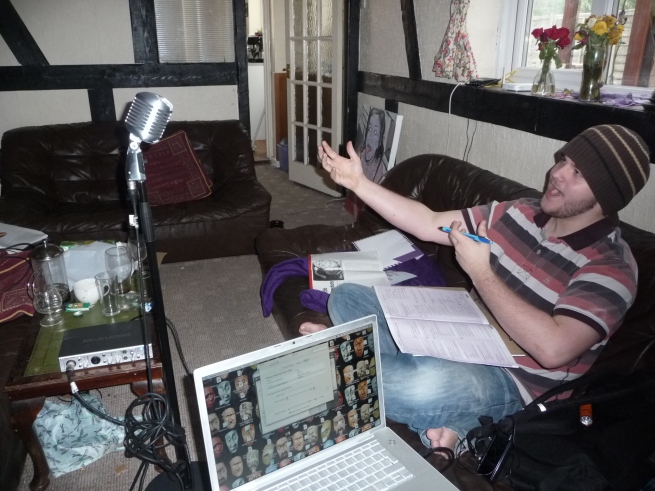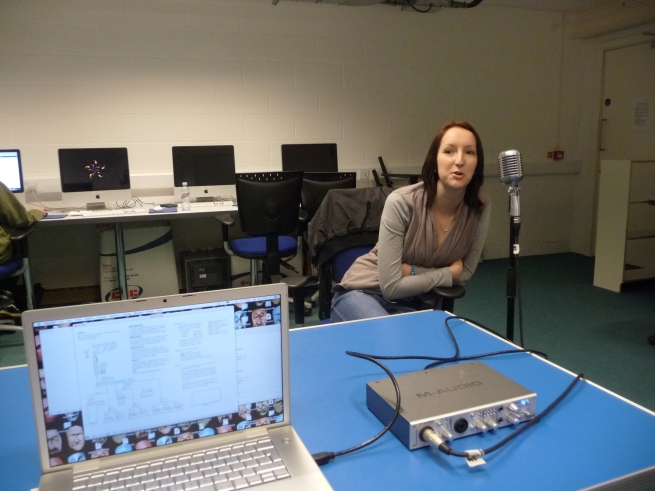I started a series of tests to determine the frequency range I should use for my project
After the previous crit I realised that I needed to exclusively use live test subjects as other audio input may suffer from compression issues. So I began with testing my own voice
it seemed that my natural talking voice range was between 50-55 (using the figures on the Y aixs on the MAX/MSP patch)
I then recorded natural conversation, I set my patch running recording input from three unkowing male test subject, I watched the variation in pitch and noted down the highest and lowest data entries in terms of frequency, I then made an average of this number.
I then moved onto testing another male subject
Again the pitch range of this subjects natural voice was from 50-55
I then moved onto female test subjects
The range from this subjects natural talking tone was 55-60, my next subject also produced this natural talking range. These test recordings were providing surprisingly small ranges in pitch. So I asked my subjects to increase their vocal range by singing playfully.
This recording gave me a high pitch range of 85 and a low end of 55
I then began recording vocal sessions with Spectogram imagery to gain better understand the relationship of amplitude and frequency
Through the above recording I was able to break the patch barrier of 90, as unlikely and extreme as this is, in my final incarnation of Id machine I will need to compensate for these sort of results
It was interesting to see just how much ‘noise’ there was inherent in each recording, the acoustic qualities of the rooms I used directly reflects the exhibiting space I will be using for this project. So I made need to make adjustments (e.g. Low pass filter) to ensure my audio recordings clearly represent a human voice and no other input.
From these tests I have decided on the Pitch range that I will select for my system to recognise 45-65 (REF: MAX/MSP patch)
Now I am at a point, in which my patch outputs data in terms of frequency. I now need to create a category system and a decision equation to have the software developed.
 Also I have realised that although the microphone I was using looked the part, it was not particularly sensitive and that it’s possible that my results may be effected by a frequency bias. I’m considering how I will adapt to this scenario and gain more accurate recordings.
Also I have realised that although the microphone I was using looked the part, it was not particularly sensitive and that it’s possible that my results may be effected by a frequency bias. I’m considering how I will adapt to this scenario and gain more accurate recordings.





0 Responses to “Id machine: Recording sound tests”